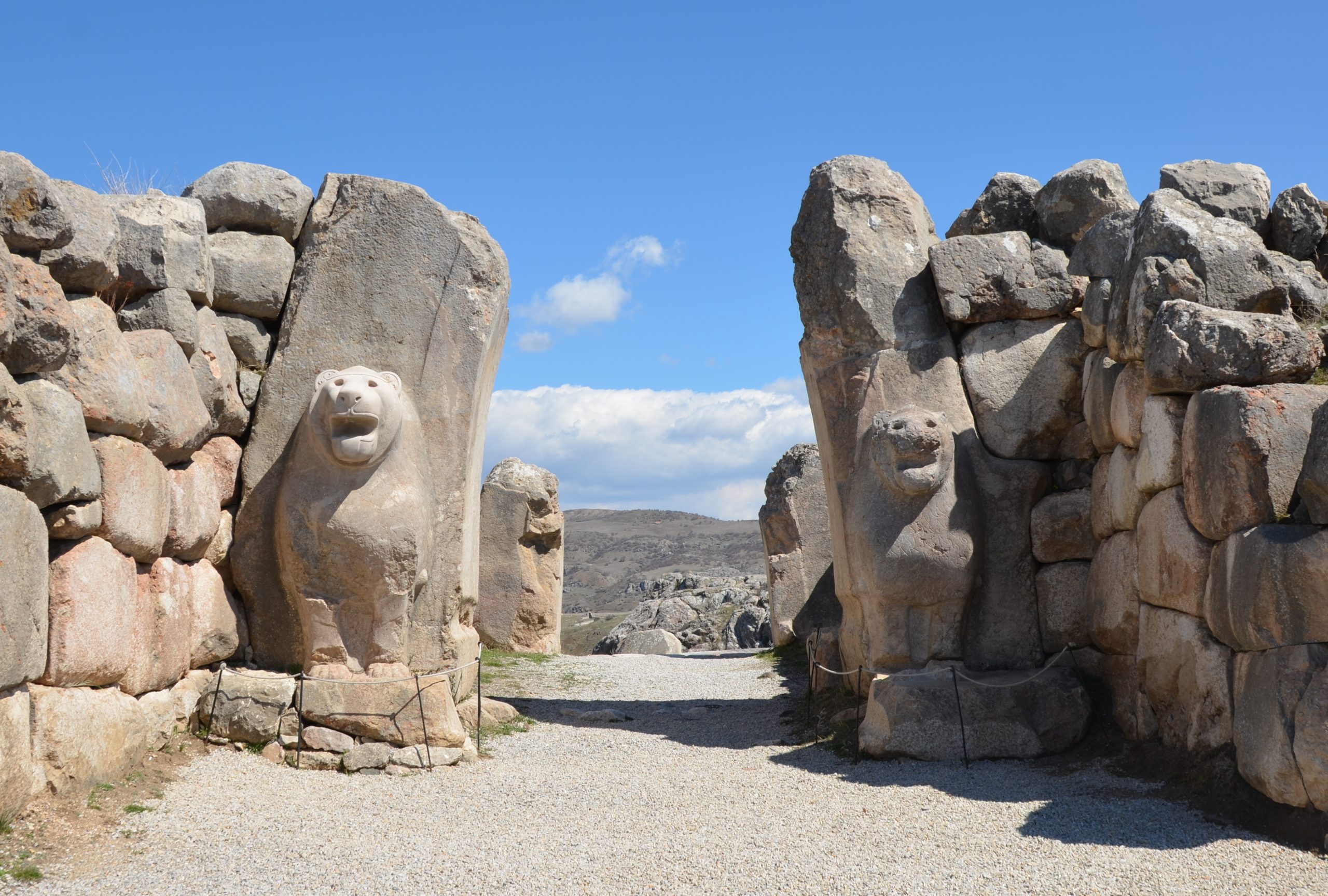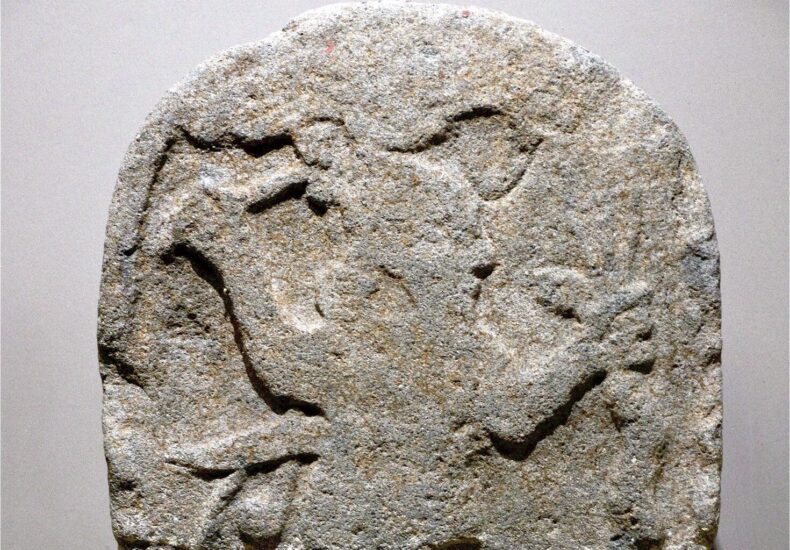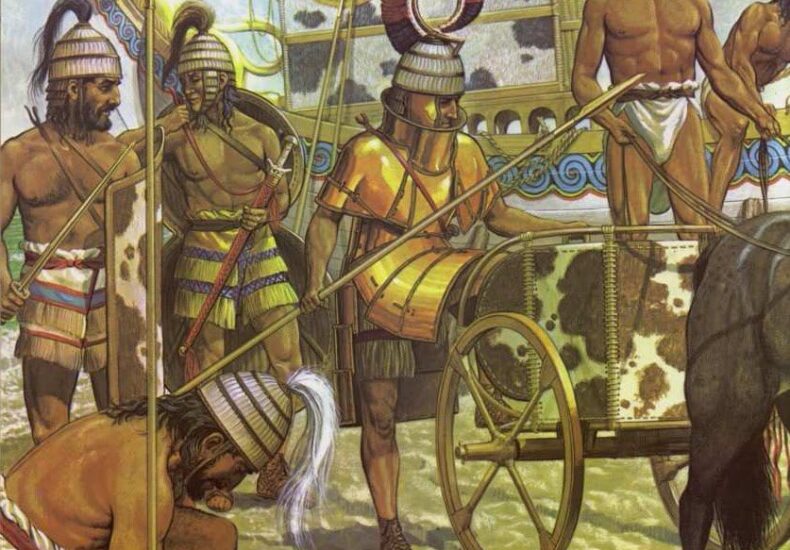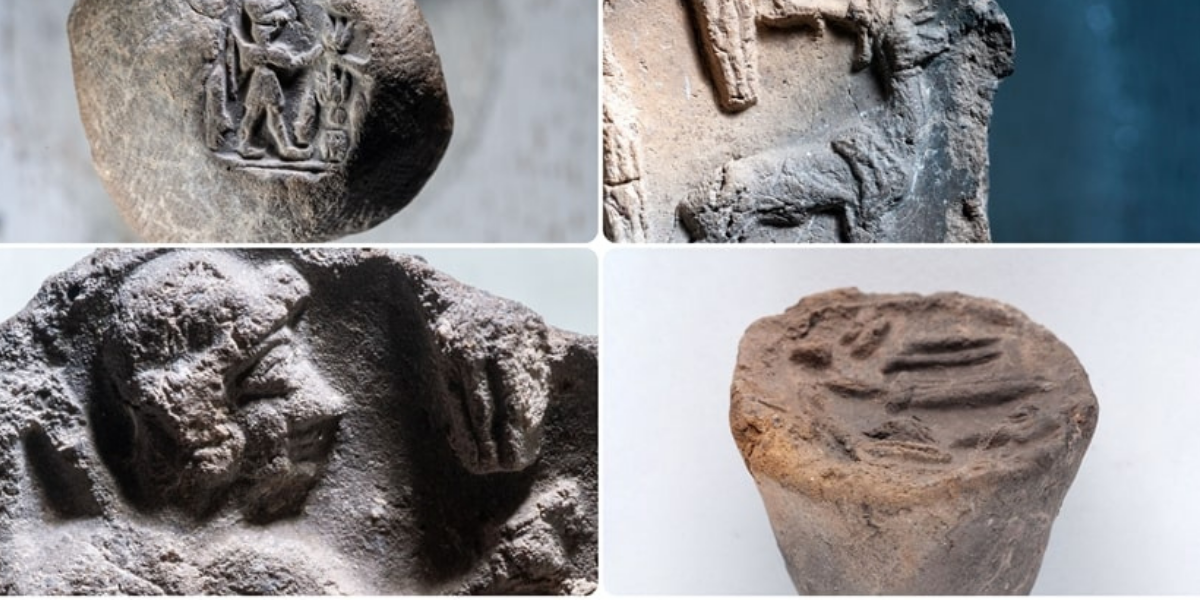
Hattusha’s Timeless Beauty on World Hittite Day
As the calendars marked April 15th, World Hittite Day, a whisper from the depths of history echoed with silent admiration. Hattusha, once the heart of the mighty Hittite Empire, continues to welcome its visitors with its enchanting atmosphere. Situated southwest of Çorum, at the foothills of Boğazkale, this ancient city, embraced by seven kilometers of

2900-Year-Old Erzin Stele: A Key to Understanding the Hittite to Greek Mythological Transition
In a significant archaeological discovery, a basalt stele was unearthed in 1987 by O. Günay while plowing his field at the Yurtlak locality, located just a few kilometers west of Erzin in Hatay Province. This remarkable artifact, registered with inventory number 17183 at the Hatay Archaeology Museum, is broken in half but retains its historical

A Remarkable Newly Deciphered Hittite Tablet Sheds New Light on The Trojan War
The Hittites, creators of invaluable written records from the Anatolian Bronze Age, have gifted us thousands of cuneiform tablets unearthed at sites like their capital, Hattusa (modern Boğazköy, Çorum). Hittitologists, by deciphering these tablets, have revealed crucial insights into Hittite history, religion, and economy, while also providing a window into life in ancient Anatolia. A

Akçadağ ‘Küçükkürne caves’, which occurred 50 million years ago, with Hittite and Roman traces
In Akçadağ district of Malatya, the hidden paradise of Eastern Anatolia, the “Küçükkürne caves,” bearing the traces of millions of years of geological formations and ancient civilizations, are being prepared to be opened for tourism. Shaped by tectonic movements approximately 50 million years ago, these caves resemble an open-air museum with their Hittite and Roman

Madduwatta, the Rebellious King Bound by Hittite Oaths
In the 1700s BC, the country of Hatti was threatened with collapse due to external attacks and internal conflicts. During this period, small kingdoms emerged in Anatolia. An Indo-European people called the Nešili settled in the Hatti Country, establishing the Hittite State with their capital at Hattuša, which had been cursed by Anitta, the son

First archaeological evidence of the Kaskas, the Hittites’ fierce enemies, discovered
The Kaskas, known as the relentless enemies of the Hittites who established the first central state in Anatolia, have long remained shrouded in mystery. Residing in the Black Sea region, these tribes continuously launched raids into Hittite territory, becoming a persistent thorn in their side. Until now, archaeological findings related to the Kaskas had not

The 3,300-year-old Hittite Dam has been added to the World Heritage Irrigation Structures List
The Gölpınar Hittite Dam, built by the Hittites, one of the ancient civilizations of Anatolia and considered one of the oldest irrigation systems in the world, has been added to the World Heritage Irrigation Structures List by the International Commission on Irrigation and Drainage (ICID). The World Heritage Irrigation Structures List is organized by the

The 2,800-year-old Hittite period Andaval relief discovered at the foundation of a church
The Andaval Relief is an important historical artifact located near the village of Aktaş in Niğde Province, in the Central Anatolia region of Türkiye. It was first discovered in 1890 by W. M. Ramsey in the floor of a church approximately 9 km northeast of Niğde. The stele piece has a circular shape with a

27 cuneiform tablets providing information about the sacred Hittite city of Nerik have been discovered at Oymaağaç Mound
27 cuneiform tablets providing information about Nerik, the sacred city dedicated to the Hittites’ chief god Tešup, have been discovered at Oymaağaç Mound. Oymaağaç Mound is located in the Vezirköprü district of Samsun today. Assoc. Prof. Dr. Mehmet Ali Yılmaz, a faculty member in the Department of Archaeology at Ondokuz Mayıs University and the Deputy

More than 50 seals belonging to members of the royal family found in the Hittite city of Šamuḫa
More than 50 seal impressions belonging to members of the royal family, including princes, scribes and local temple lords, have been unearthed in the Hittite city of Šamuḫa, now known as the village of Kayalipinar, about 40 kilometers west of Sivas province in Türkiye. Šamuḫa was one of the most important centers of the Hittite
